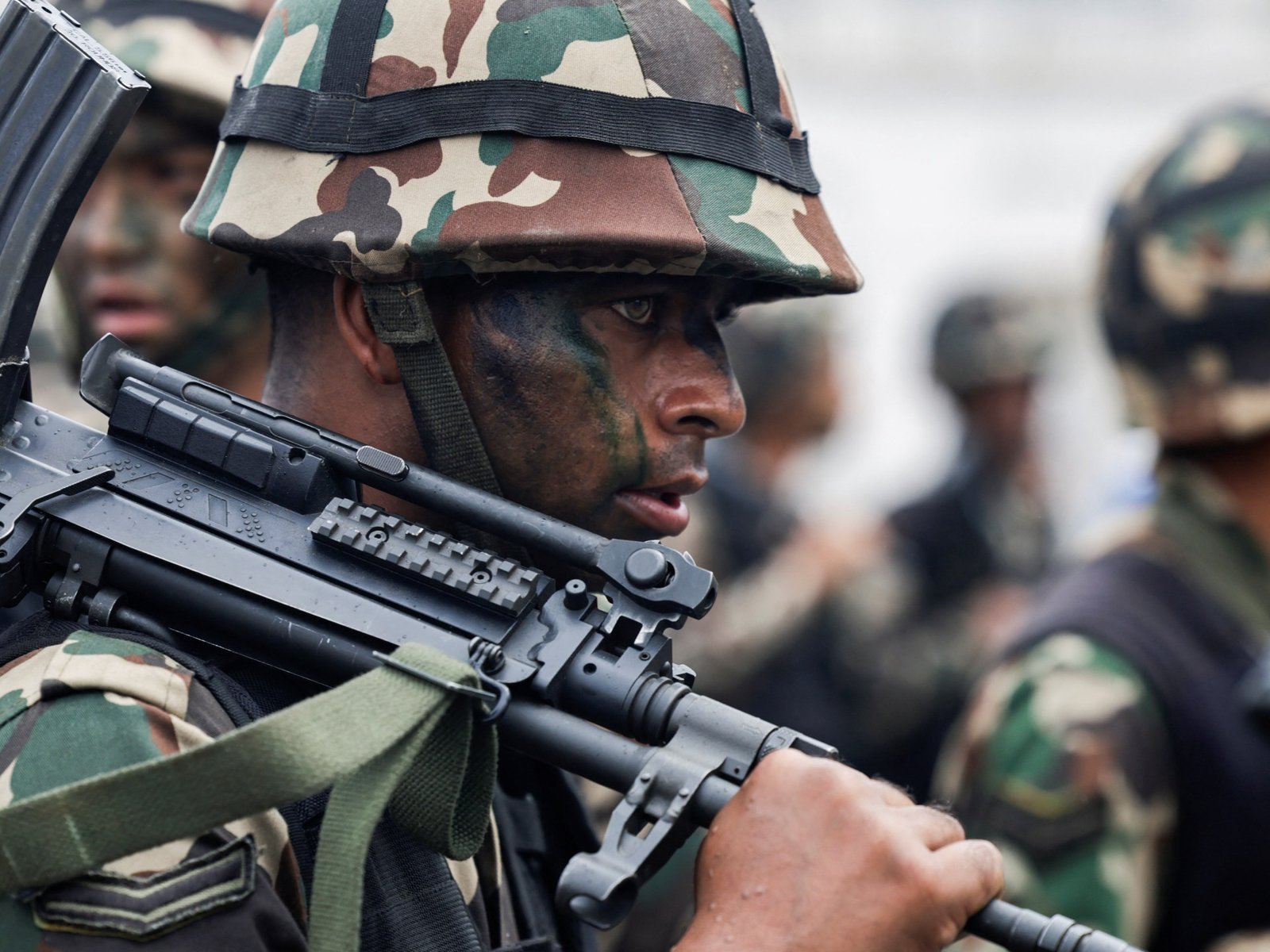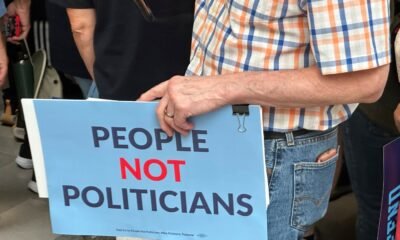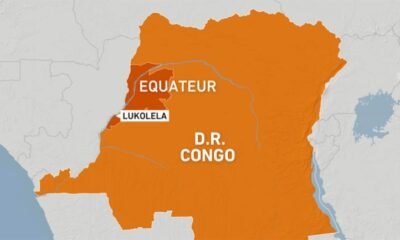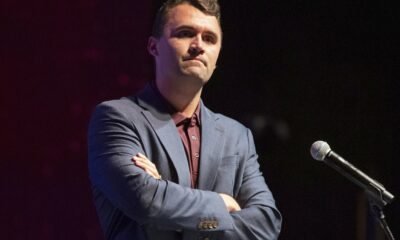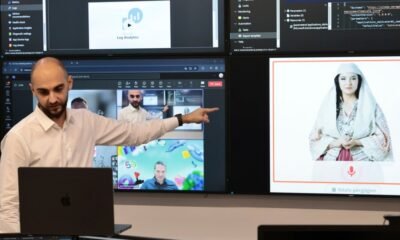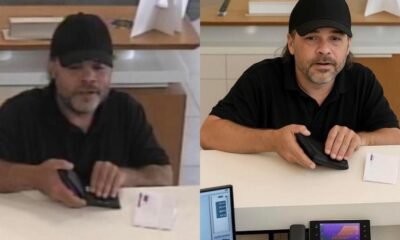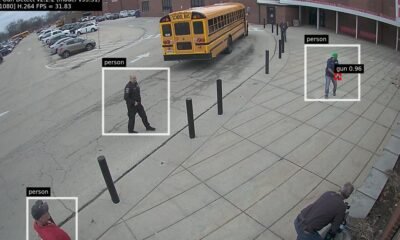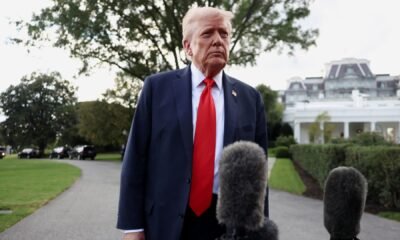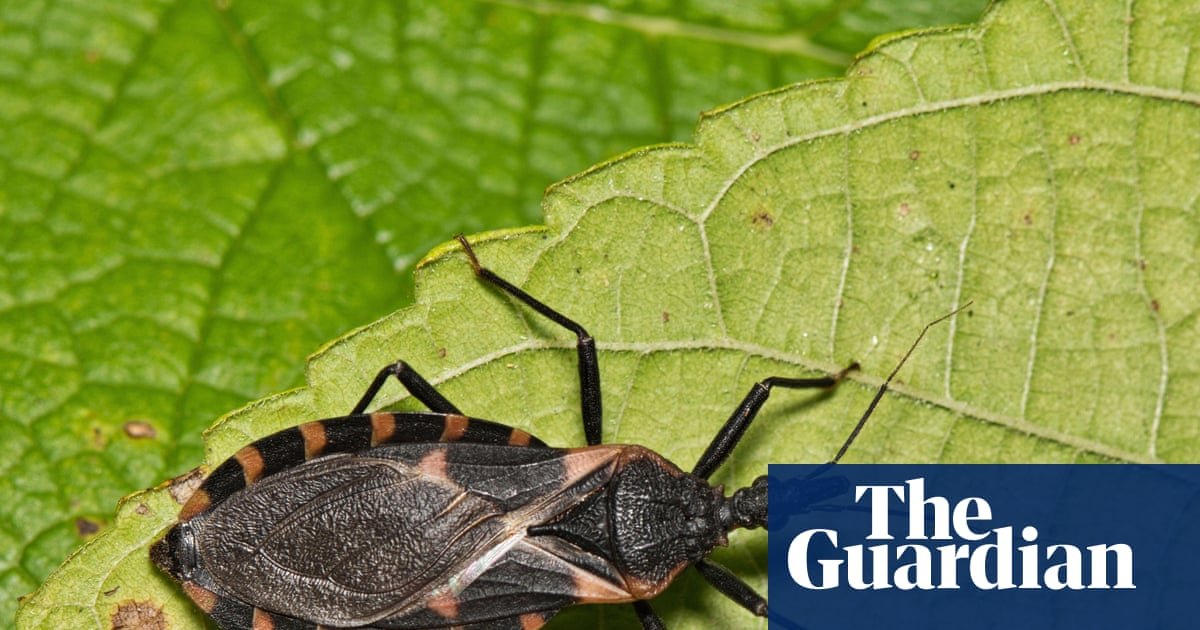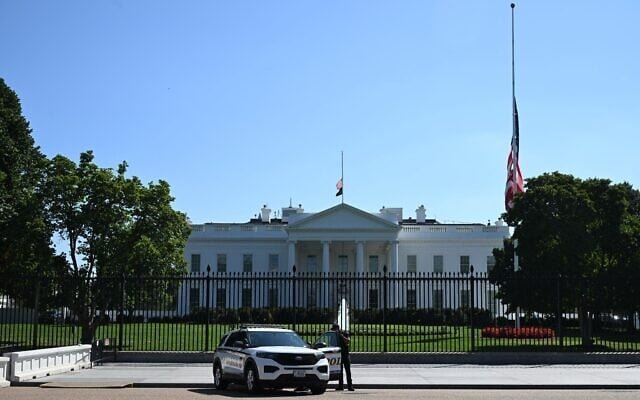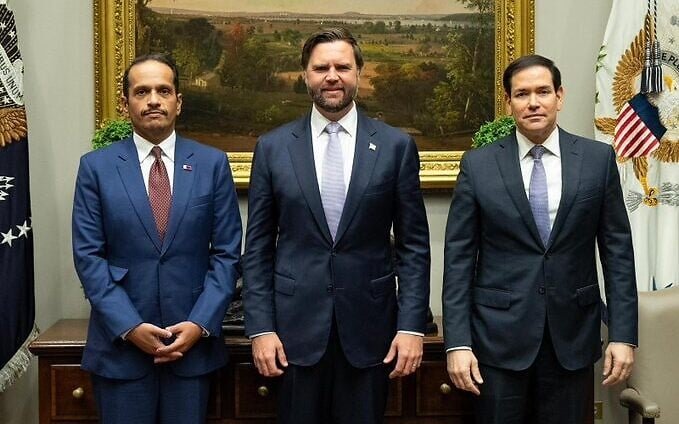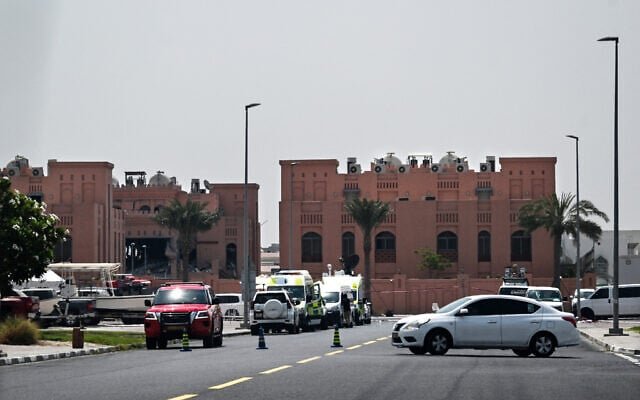Like thousands of Americans captivated by the manhunt for the shooter who killed conservative political activist Charlie Kirk, a Utah father had seen the photos and video footage of the suspect released by authorities.
The man in the images, dressed in a black T-shirt plastered with an eagle and American flag, could be seen jumping off the roof of a Utah university building after the shooting and running into a wooded area. His face was partially concealed by a dark pair of sunglasses and a baseball cap.
But the father recognized the man.
“Tyler, is this you? This looks like you,” he asked his son, according to a law enforcement official briefed on the investigation.
His son, 22-year-old Tyler Robinson, confessed to his father that he had shot Kirk, the official told CNN.
“I would rather kill myself than turn myself in,” Robinson responded when his father urged him to turn himself in to authorities, the source said.
The father persuaded Robinson to confide in a youth pastor who works with the Washington County Sheriff’s Office and the US Marshal’s Service, the law enforcement source said.
A family friend ultimately contacted the Washington County Sheriff’s Office – over three hours away from the shooting scene in Orem, Utah. The office relayed the tip to authorities in Utah County and the FBI.
That night – hours after authorities said they had “no idea” where exactly the suspect had gone – Robinson was in custody. It was 10 p.m. Thursday in Utah, and state and federal officials had about two hours earlier given a news conference asking the public for help finding the suspect.
“We got him,” Utah Gov. Spencer Cox said at a news conference Friday morning.
The FBI had at that point received over 7,000 leads and tips – the most the agency received since the Boston Marathon bombing in 2013, the governor said. But that one tip from Robinson’s father and family friend led to a major break in the massive manhunt.
It had taken authorities more than 30 hours to track down Robinson, who they allege shot Kirk from a roof above a 3,000-person event at Utah Valley University, striking him in the neck from about 150 yards away and killing him.
After nearly 200 interviews, the collaboration of 20 law enforcement agencies, a $100,000 reward announcement and a back-and-forth search in which two people were questioned and released, the FBI and the Utah Department of Public Safety finally believed they caught the perpetrator of the targeted attack.
Across the country, the killing of the prominent political figure and media personality – the latest in a string of political violence incidents – had sowed shock and confusion. A gruesome video of the shooting that sent the crowd screaming and fleeing spread through social media. In Utah and elsewhere, many waited for a suspect to be named in a case that had a series of twists and turns.
On Wednesday, hours after the attack, authorities believed they had a suspect in custody. That person was questioned and later released, and so was another taken into custody later that day.
As a massive manhunt for the suspect dragged on, authorities shared videos and stills of a suspect, asking for tips from the public to help with the search.
“We cannot do our job without the public’s help,” Cox said Thursday night, hours before Robinson was taken into custody.
President Donald Trump, who has credited Kirk with galvanizing and mobilizing the youth vote for him, said Thursday investigators were “making big progress” in the search for the suspect.
“Whoever did this: We will find you, we will try you, and we will hold you accountable to the furthest extent of the law,” Cox vowed.
Investigators with the FBI had evaluated forensic evidence and combed through over 11,000 leads. About 40 hours after the shooting, authorities announced they were able to fulfill Cox’s promise through Robinson’s father.
“Essentially somebody that was very close to him turned him in,” Trump said on “Fox and Friends” Friday morning.
Several clues pointed authorities to Robinson: his clothing, a dinner conversation he had with a relative and comments he made on a messaging platform.
Less than four hours before the campus event that featured Kirk as a speaker began, Robinson arrived at UVU in a gray Dodge Challenger wearing a plain maroon T-shirt, light-colored shorts, a black hat and light-colored shoes, Cox said, citing UVU surveillance footage.
He later changed his clothes on the roof and then jumped down, leaving palm impressions, smudges that authorities hoped to collect DNA from and a shoe imprint, according to a police affidavit. At some point, Robinson changed back into the same clothes he arrived in.
The next day – when authorities had taken the suspect into custody – Robinson was wearing an outfit that was similar to the one seen in surveillance video. And a relative confirmed Robinson had a gray Dodge Challenger.
“When he was arrested, the clothing matched the clothing he had on before the shooting here at UVU,” Cox said.
Robinson – a third-year student in an electrical apprenticeship program who grew up in the small suburban community of Washington, Utah – had in recent years become more political, one of his relatives told investigators, according to the affidavit.
At a family dinner, Robinson had told his relatives that Kirk would be speaking at UVU and that he didn’t agree with his views, one relative told investigators. Robinson had no party affiliation and didn’t vote in the two most recent elections, voter registration records show.
Messages Robinson is believed to have sent on Discord stated a need to retrieve a rifle from a pick-up point, leaving the rifle in a bush, watching the area where a rifle was left and having wrapped the rifle in a towel, according to the affidavit.
The messages, which Robinson’s roommate showed investigators, also refer to engraving bullets and mention a scope and rifle being unique, officials said. Another message stated that he had changed outfits.
Investigators later discovered a bolt-action rifle wrapped in a towel. Inscriptions that read “Hey, fascist! CATCH!” and “If you read This, you are GAY. Lmao,” were engraved on unfired casings found with the rifle, officials said.
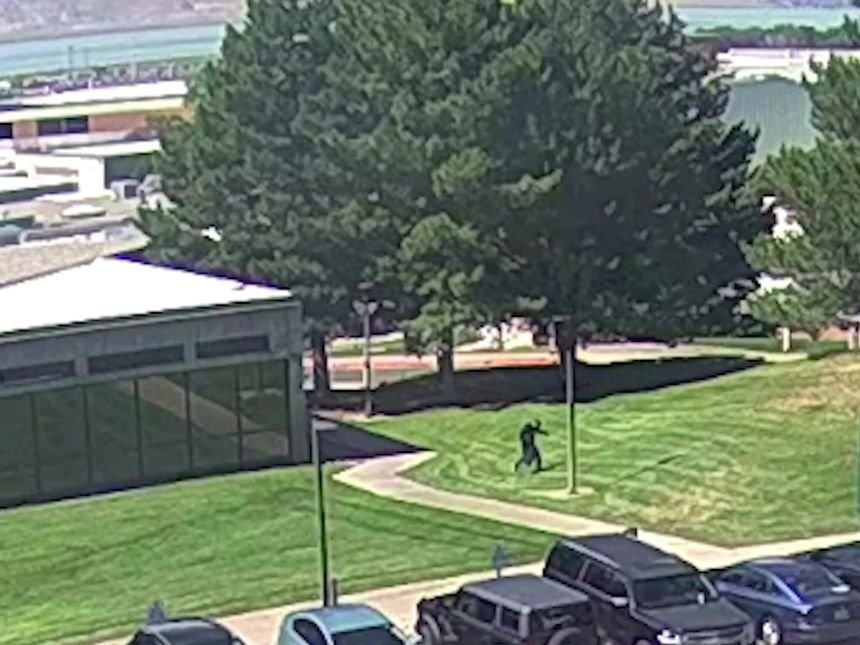
Robinson is now being held without bail at Utah County Jail on several initial charges, including aggravated murder, felony discharge of a firearm and obstruction of justice, according to officials. He is expected to face formal charges and will make his first court appearance on Tuesday.
Following his arrest, Robinson initially spoke with some law enforcement but quickly went silent Friday morning after hiring a lawyer, sources familiar with the matter told CNN.
Cox had said on Wednesday that officials would pursue the death penalty against the shooting suspect.
“There is one person responsible for what happened here, and that person is now in custody and will be charged soon and will be held accountable,” Cox said.

